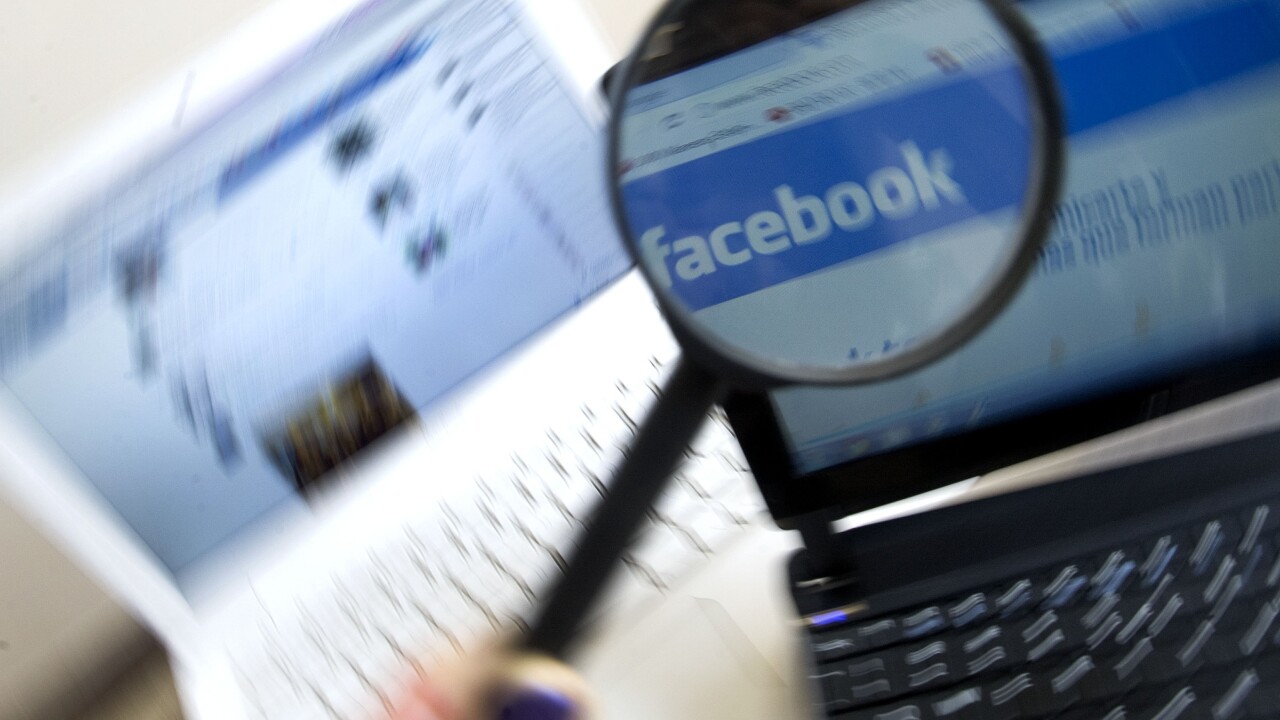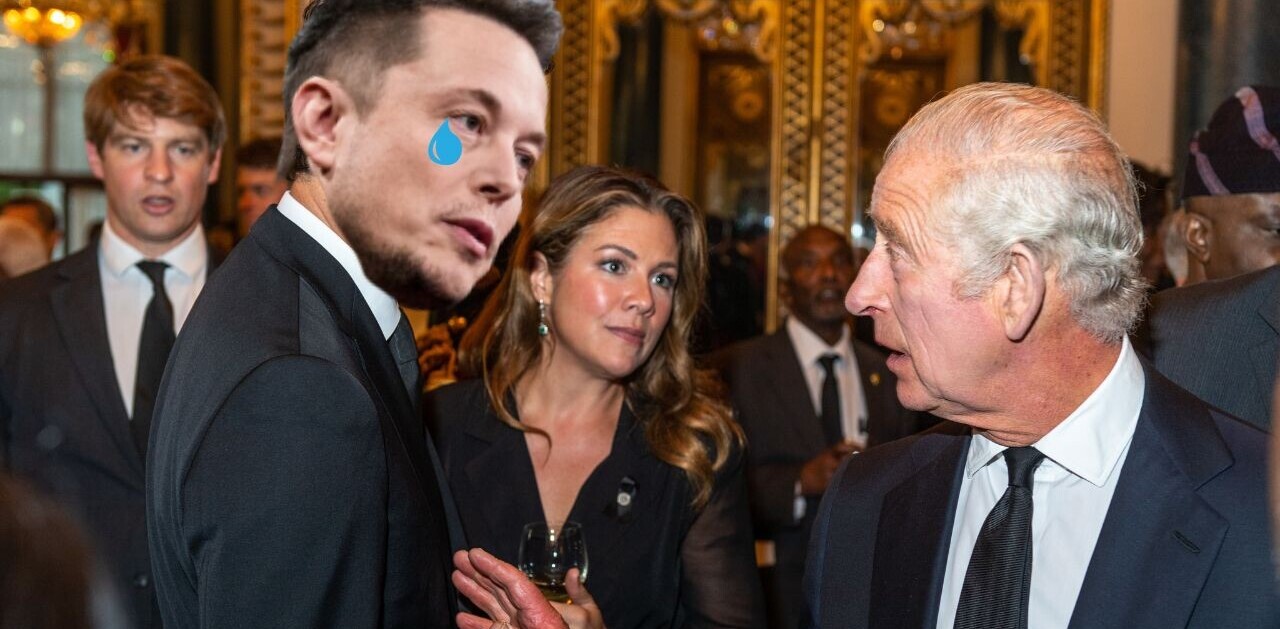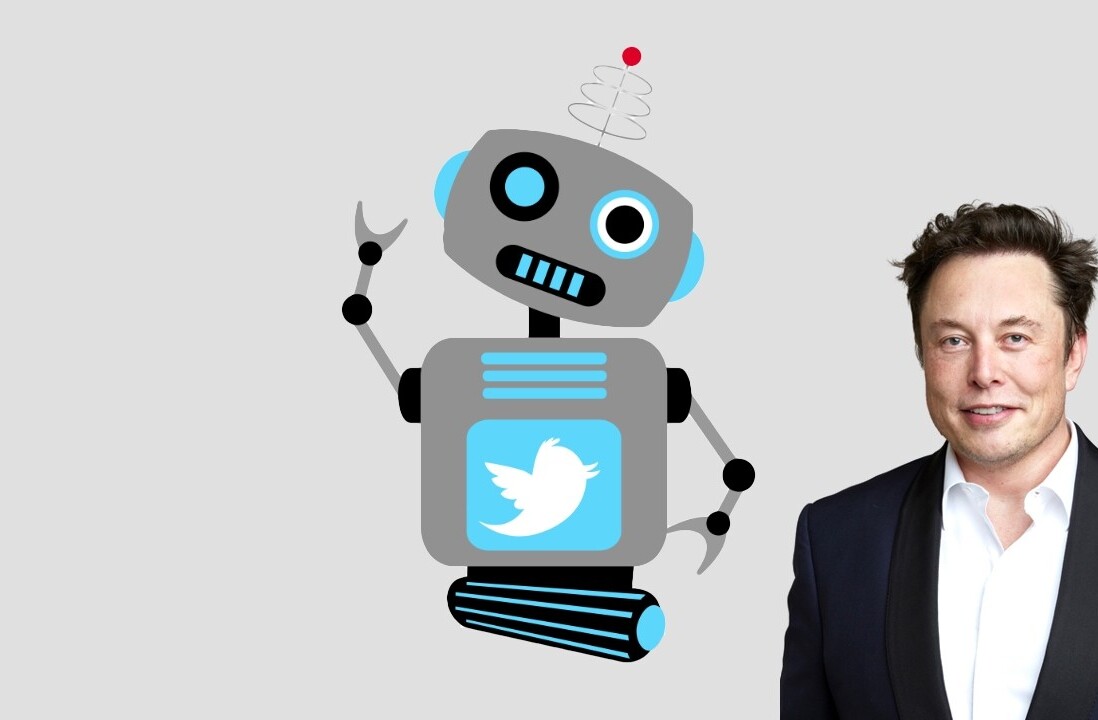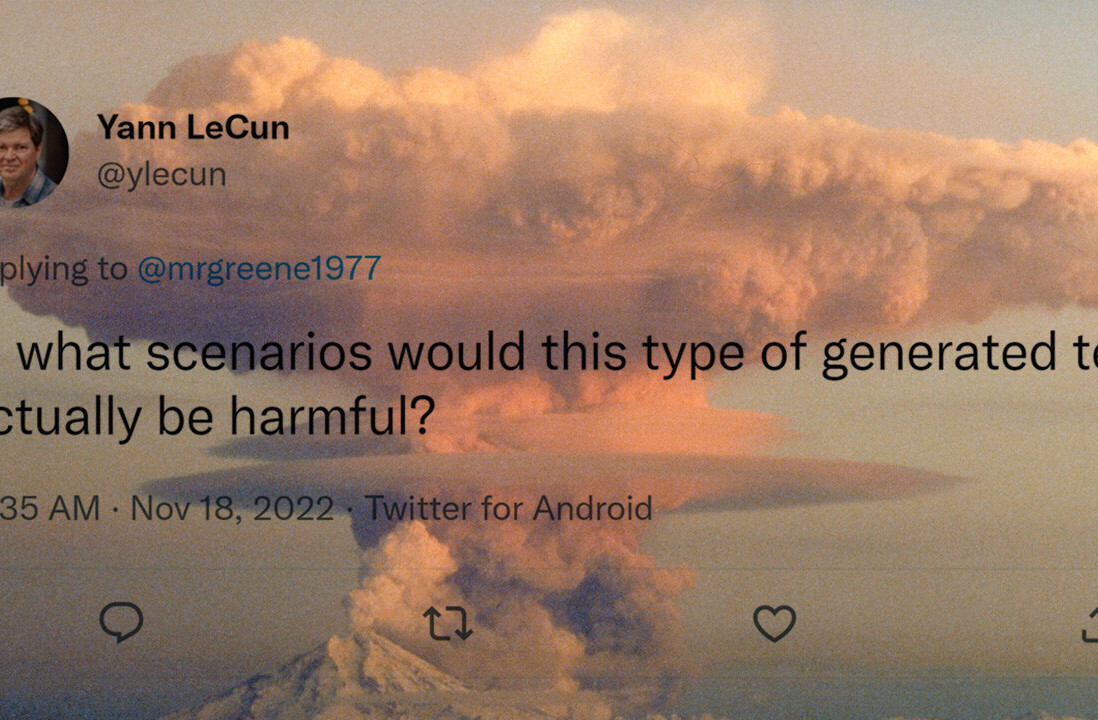
A Facebook study has revealed that Twitter might have a battle on its hands as the social network of choice for real-time engagement while people are watching films or TV.
The research is the result of a partnership between Facebook and UK analytics firm SecondSync, and looked at social TV data from the US, Australia and the UK.
As you might expect, a majority of TV-related interactions (80 percent) on Facebook were made via a mobile device – the classic ‘second screen’ scenario – but perhaps more surprisingly, 60 percent of interactions happened while the show was still airing.
This finding sits contrary to the notion that Twitter is the go-to social network to discuss a show while it is airing, while Facebook is the place to discuss it in more detail, usually once it has finished.
While the study looked at many facets of interaction, it also focused on how users were engaging while watching TV. For example, it found that Posts were most closely aligned with real-time TV consumption and that the bulk of conversations took place in the Comments sections.
However, Shares were the least used of all interaction types, with Likes being the most used and the biggest generator of longer-tail interactions once a show had finished.
None of this should come as much of a surprise really: essentially, viewers use Posts to start a conversation in real-time (rather than sharing a link or page) and receive responses that continue for long after the show has finished in the Comments section. It also follows that these posts would get a large number of Likes, which then spurs the conversation on.
Content matters
Thanks to the partnership, the study also unearthed which type of shows generated the most engagement. So, films tended to drive some of the biggest numbers, with dramatic moments causing peaks. Sporting events are also huge drivers of social engagement, the report noted.
Conversely, it seems that dramas generated activity at the beginning and end of the shows, but much less so in the middle. And, perhaps predictably, social activity related to competitions (like ‘Dancing With The Stars’) directly correlates with the act on stage.
Naturally, sporting events provide quite the social draw too, with headline events like the Super Bowl generating 185 million Facebook interactions from 50 million unique users. However, it’s not just the big ticket events that drive social, according to report:
It’s not just marquee finales like this that are able to generate significant volumes of engagement… patterns of engagement map directly to events on the field with the biggest volumes of interaction seen after big plays, controversial officiating decisions and directly after the end of games.
The report also looked at demographics of people engaging on Facebook with TV content and found that the people most likely to engage in this way with TV content were between 18-24 (30 percent) and 25-34 (30 percent) with the remainder made up by decreasing figures approaching the least active and oldest (65+) segment.
The report will be an important tool for Facebook and will go some way to silencing critics that view the social network as a destination for post-event/airing analysis and feedback rather than real-time engagement.
It’ll also help Facebook demonstrate that people are actively using the platform to engage with television and other content, as well as providing even more data to be pored over, analyzed and potentially used for profit. Ultimately, that’s the the aim of all of this – to drive higher revenues.
Featured Image Credit – RAUL ARBOLEDA/AFP/Getty Images
Get the TNW newsletter
Get the most important tech news in your inbox each week.





